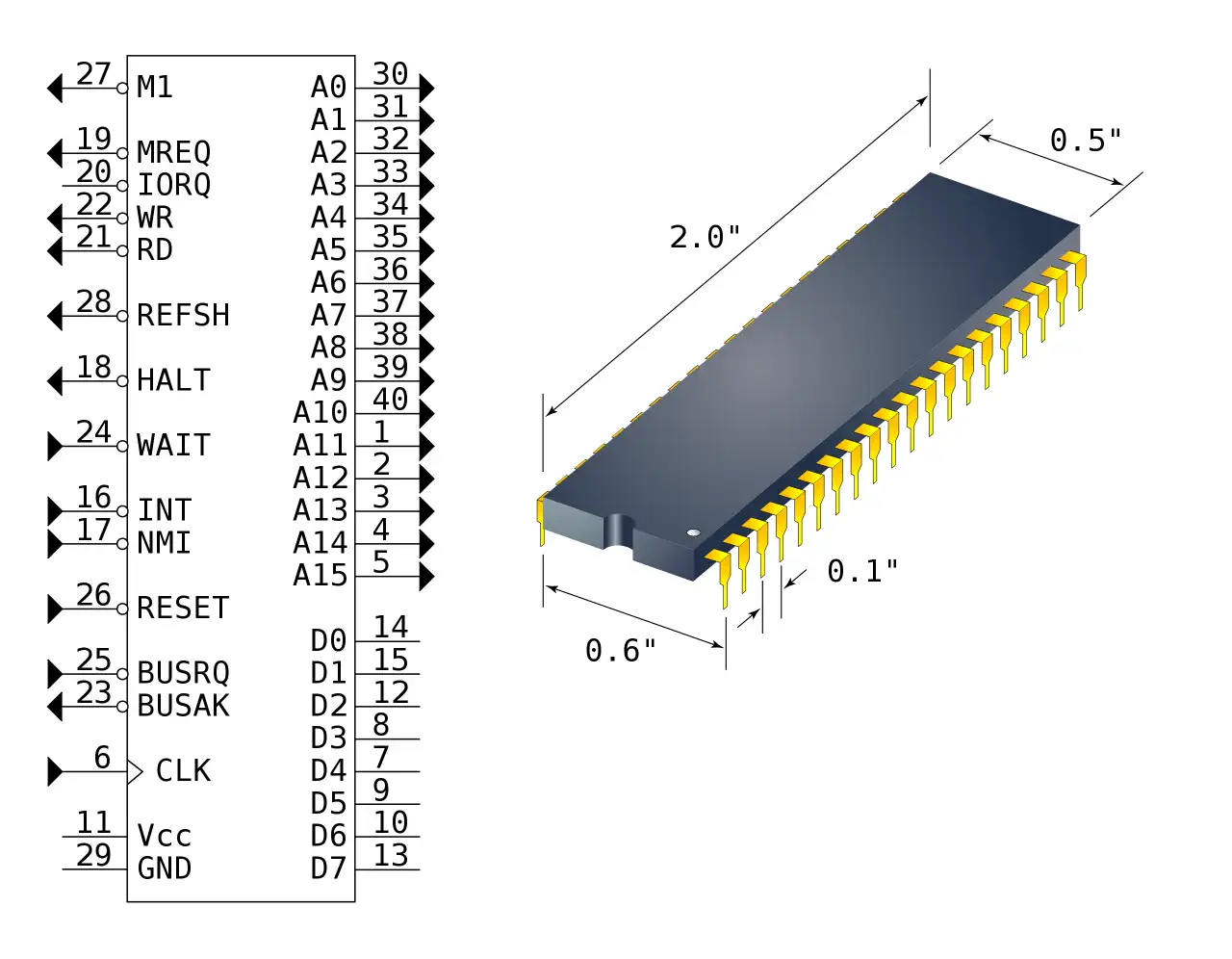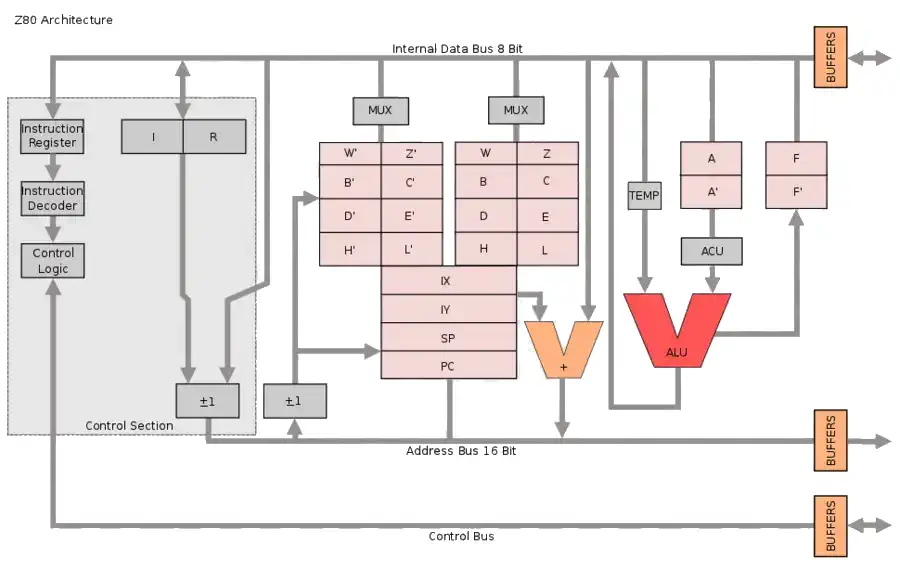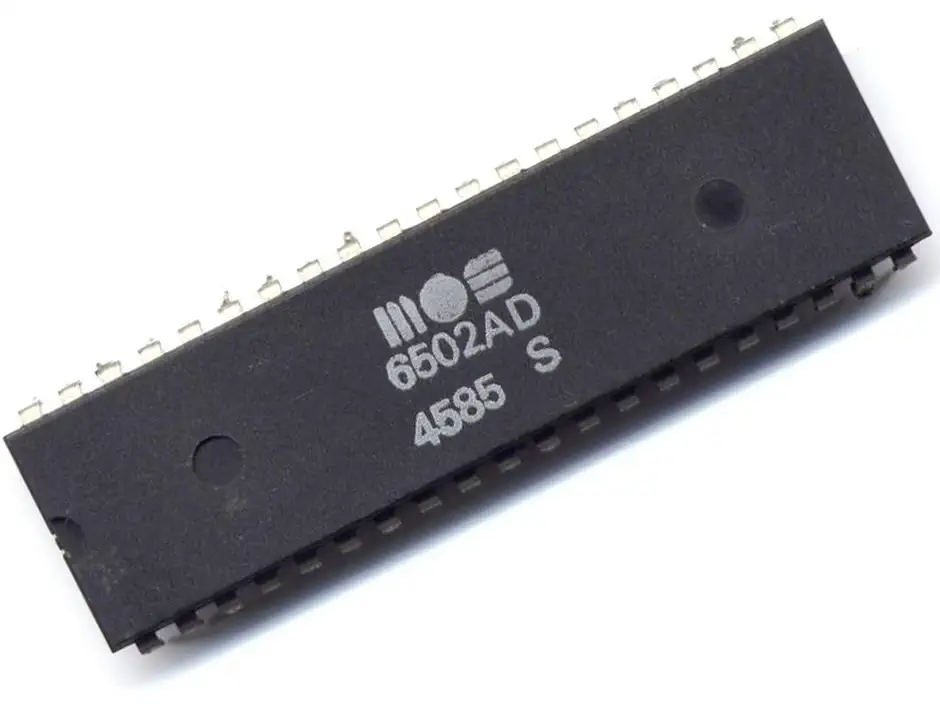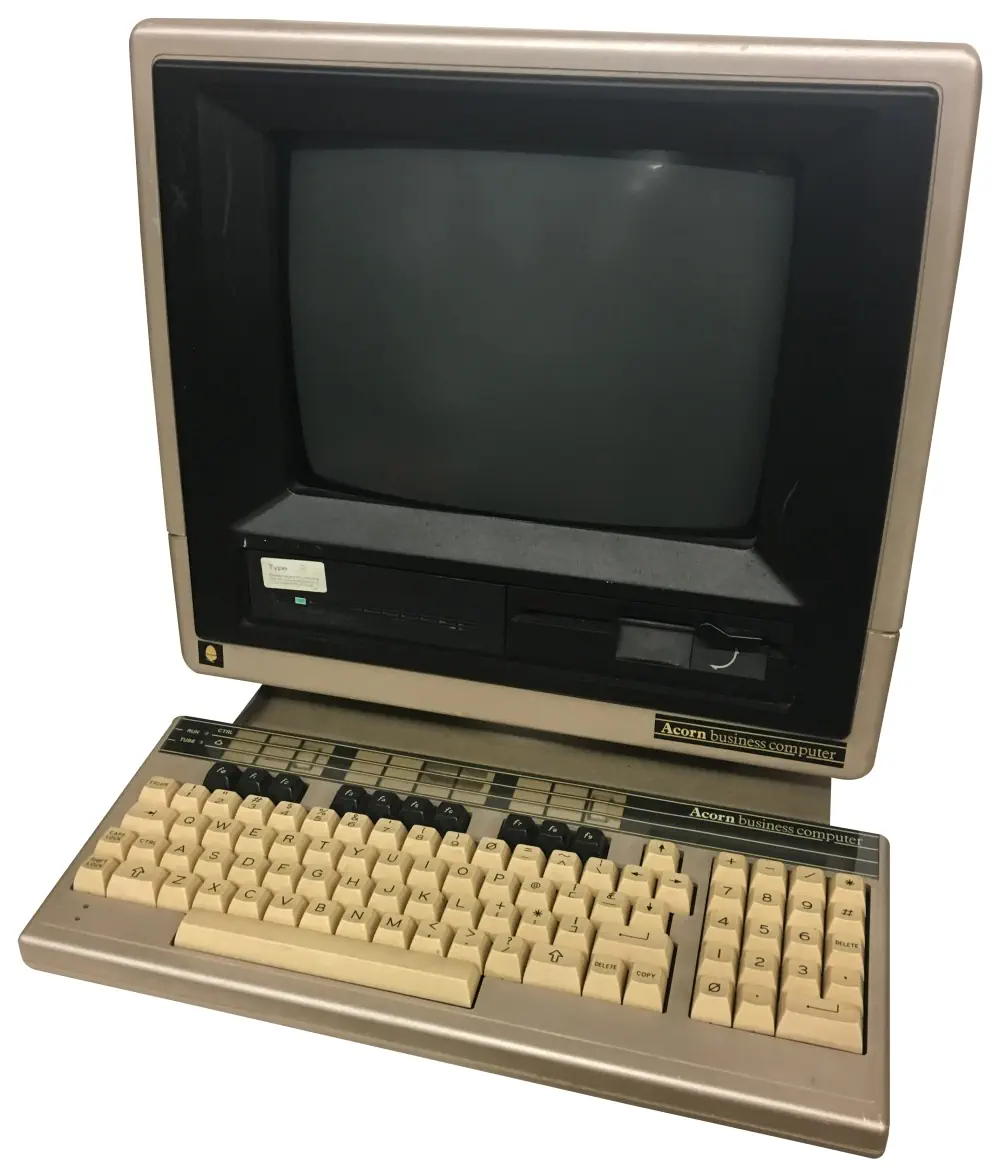The Acorn Business Computer - ABC 110
The Acorn Businesss Computer was produced in 1984 by Acorn Computers in the UK. The ABC-110 was a CP/M 2.2 computer running on a Z80 processor with a 6502 processor for I/O functions. The c omputer came with a color monitor, a 10MByte Hard Disk Drive, and a 720kByte 5.25" Floppy Disk Drive. The machine was equipped with 64kByte of RAM.
The ABC 110 was the fourth in a series of eight ABC computers:
ABC Personal Assistant
6502 CPU @ 2MHz, 64kB RAM, 640kB FDDABC Terminal
6502 CPU @ 2MHz, 64kB RAM, No disk, VT100 terminal emulator in ROMABC 100
Z80 CPU, 6502 I/O CPU, 64kB RAM, dual 720k 5.25" FDD, CP/M 2.2ABC 110
Z80 CPU, 6502 I/O CPU, 64kB RAM, 720k 5.25" FDD, 10 MB HDD, CP/M 2.2ABC 200
32016 CPU, 6502 I/O CPU, 512kB RAM, Dual 720k 5.25" FDD, XenixABC 210
32016 CPU, 6502 I/O CPU, 1MB RAM, 720k 5.25" FDD, 10MB HDD, XenixABC 300
80286 CPU, 6502 I/O CPU, 1MB RAM, Dual 720k 5.25" FDD, DOS 286+GEMABC 310
80286 CPU, 6502 I/O CPU, 1MB RAM, 720k 5.25" FDD, 10MB HDD, DOS 286+GEM
Zilog Z80 CPU Family
The Z80 quickly became popular in the personal computer market, with many early personal computers, such as the TRS-80 and Sinclair ZX80, using the Z80 as their central processing unit (CPU). It was also widely used in home computers, such as the MSX range, SORD, and the Amstrad CPC, as well as in many arcade games. Additionally, it was also used in other applications such as industrial control systems, and embedded systems. The Z80 was widely used until the mid-1980s, when it was gradually replaced by newer microprocessors such as the Intel 80286 and the Motorola 68000.
The Z80 microprocessor was developed by Zilog, a company founded by Federico Faggin in 1974. The Z80 was released in July 1976, as a successor to the Intel 8080. It was designed to be fully compatible with the 8080, but also included new features such as an improved instruction set, more powerful interrupts, and a more sophisticated memory management system.
The Z80 quickly became popular in the personal computer market, with many early personal computers, such as the TRS-80 and Sinclair ZX80, using the Z80 as their central processing unit (CPU). It was also widely used in home computers, such as the MSX range, SORD, and the Amstrad CPC, as well as in many arcade games. Additionally, it was also used in other applications such as industrial control systems, and embedded systems. The Z80 was widely used until the mid-1980s, when it was gradually replaced by newer microprocessors such as the Intel 80286 and the Motorola 68000. The design was licensed to Synertek and Mostek as well as the European SGS.
The Z80s instruction set is binary compatible with the Intel 8080, so that 8080 code such as the CP/M Operating System and Intel's PL/M compiler for the 8080 can run unmodified on the Z80. The Z80 had many enhancements over the 8080 such as 16-bit data movement instructions, block copy and block I/O instructions, single bit addressing of all registers, IX/IY offset registers, better interrupt system and a complete duplicate register file for context switching during an interrupt.
Source: WikiPedia

MOS 6502 CPU
The 6502 is an 8-bit MicroProcessor designed by MOS Technology. The team was led by Chuck Peddle and had also worked on the Motorola 6800. The 6502 is a simplified, but faster and cheaper design than the 6800.
The 6502 was introduced in 1975 and was the cheapest microprocessor on the market. Together with the Zilog Z80, the 6502 helped start the home computer revolution of the 1980s. The 6502 was used in a wide range of devices: the Atari 2600, the 8-bit Atari home computers, the Apple II, the Nintendo Entertainment System, the Commodore 64, the BBC Micro and many others. All used the 6502 or a variation of it.
The 6502 is a 1MHz design, while the 6502A is designed for 2MHz. The 6502A is 100% compatible with the original 6502.
Commodore soon bought MOS Technology, but conitnued to sell the microprocessor to competitors and licensed the design to other manufacturers.
Source: WikiPedia - MOS Technology 6502
6502 I/O CPU Memory RAM: 64kB Sound Chip none Sound 1 channel internal speaker Display Chip none Display 80x24 16 color
256x192 Best Text 80x24 Best Color 16 colors Best Graphics 256x192 Sprites none System OS CP/M, BASIC Storage 5.25" Disk Drive
10MB HDD Original Price £2999


